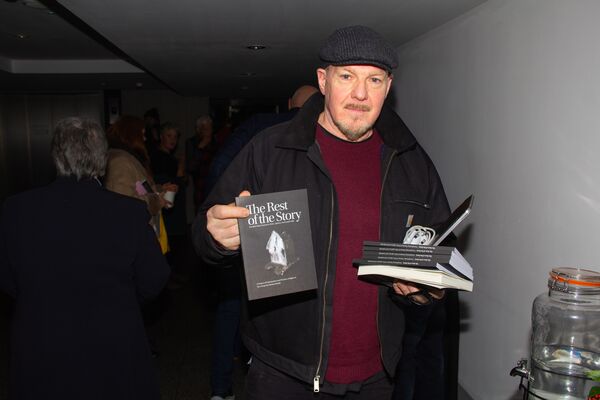Zen teacher Father Robert Kennedy SJ told me a few years back that what we all need is emotional sobriety.
I love the challenge I get when someone talks about something that I have to go and explore. I love how my curiosity is aroused with my inquiring mind. To be honest, I didn’t have to look too far, as when it comes to emotional sobriety – that I’ve got big time.
On my journey of exploration I sought the help of a psychotherapist friend who helped me unravel the emotional mess that was within me.
Mindfulness Meditation Associated With Lower Amygdala Activation https://t.co/RV32P6NlqU pic.twitter.com/hmsTAOJsdI
— Sciencebeta (@sciencebeta) September 1, 2018
We looked at some of our emotions on this life long journey. We explored, Interest, Joy, Surprise, Sadness, Anger, Disgust, Contempt, Self-hostility, Fear, Shame, Shyness, Guilt.
I discovered how when these guys are entangled, I find myself reacting to situations based on misinformation.
I found that through mindfulness practice I could check in daily at my internal emotional weather system. Learning to read and interpret what is going on for me makes my life much simpler and that simplicity brings about great joy and gratitude.
When we uncover our emotional baggage we recover and we wake up to the realisation that everything is not at it appears.
AA has a wonderful acronym, which is FEAR: 'Face Everything and Recover'. A lot of my faulty emotions were inspired by FEAR. Our neuroscientific friends tell us that the trigger is the amygdala cluster of nucleii in the brain. The latest theory from Berkeley says: "Certain specific core emotions are biologically determined. These emotional responses are fundamentally the same for all individuals irrespective of ethnicity or cultural differences. Various parts of the brain can trigger different emotions. For example, the amygdala is the centre of fear and maternal bonding."
The best way to attend to the amygdala is through daily mindfulness practice and it’s with practice that we know the amygdala shrinks and we find ourselves in a much better place to respond to situations instead of reacting.
Feeling like you're getting angry easily? The part of your brain that detects threats (amygdala) might be over-reactive. You can calm it down with #meditation. Research demonstrates that an 8 wk program can change the brain as revealed by MRI. https://t.co/tY6W4zGdy9 #Mindfulness pic.twitter.com/8fHqExuGyA
— Beth Frates MD (@BethFratesMD) October 29, 2018
Here’s a simple practice that I use to reset the amygdala.
I take five breaths; when breathing count the breaths as follows: breathing in one breathing out one, breathing in two breathing out two, and so on up to five. Then move on to hearing and identify five sounds, then move ont o sight and identify five views. Then bring your attention to your body and notice how your body breathes.
This simple but powerful exercise is known as Take Five. So as they say in the jazz world: 'Take Five in your busy life.'








